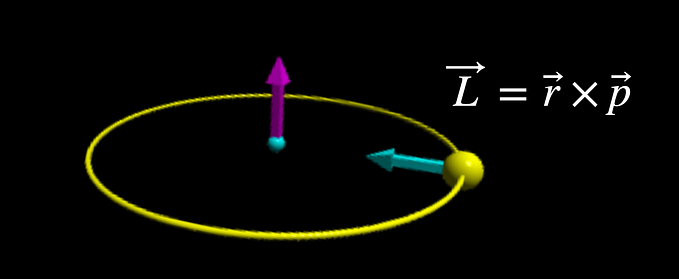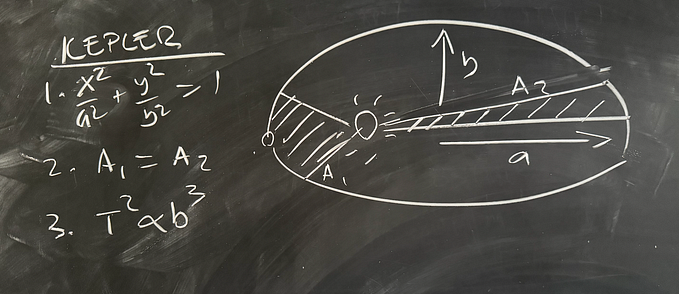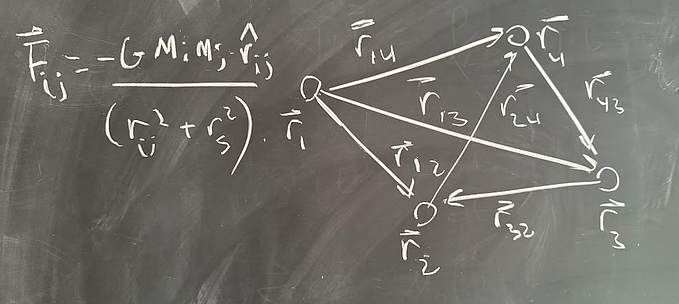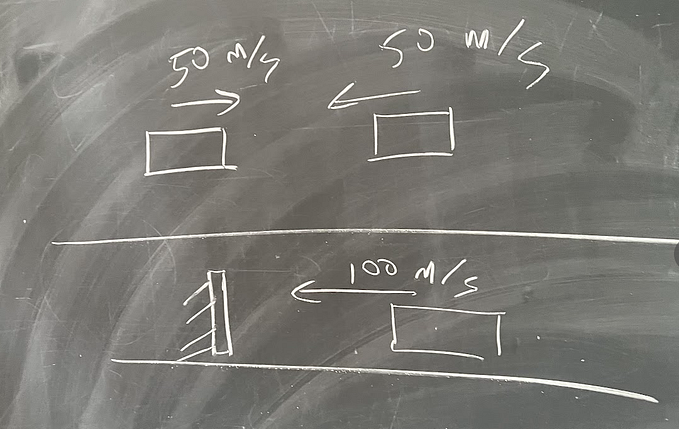Member-only story
Introduction to Lagrangian Mechanics

I’ll be honest. There is a lot of stuff to talk about when we are talking about the Lagrangian. It’s not super simple — but it is super powerful.
Newtonian Mechanics
Before jumping into Lagrangian mechanics, let’s think about Newtonian mechanics. At the most basic level, this uses the momentum principle and the work-energy principle:

Newtonian mechanics works best if you can calculate the forces directly. Some examples of calculated forces would be:
- The gravitational force
- Air resistance
- The force from a spring
- Electromagnetic forces
For example, consider a mass hanging vertically on a spring.

Since you can get an expression for both the spring force and the gravitational force, you can use the momentum principle to find the acceleration and find an equation of motion (yes, you need to solve a differential equation).
But what about something like this mass swinging on a string (pendulum).
What’s the problem here? In this case you again have the gravitational force — but there is also the force from the string. This string force (tension) changes in both magnitude AND direction. There is no simple equation for tension here because it’s a constraint force. The string applies whatever force it needs in order to keep the mass at the same distance from the pivot point.
There are some tricks to deal with these constraint forces — for example, you could switch to polar coordinates where the tension doesn’t even matter. But that means you need the acceleration in polar coordinates. It’s not as simple as it should be. Here is that solution (if you are interested):








